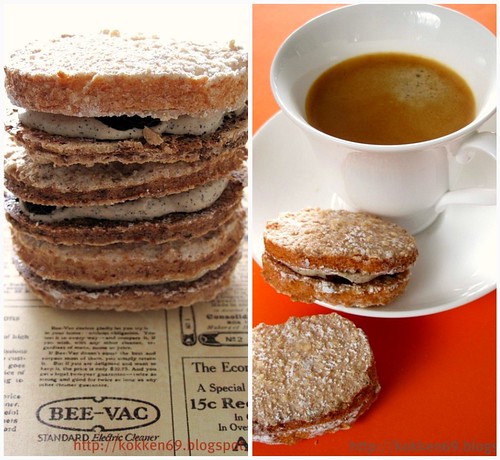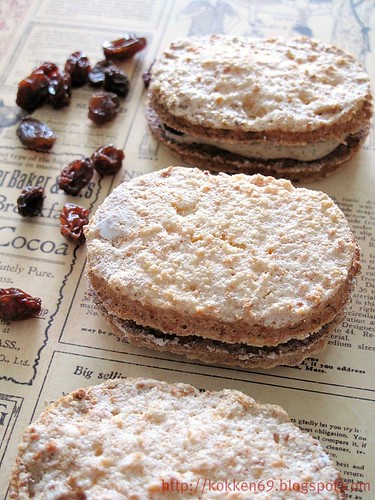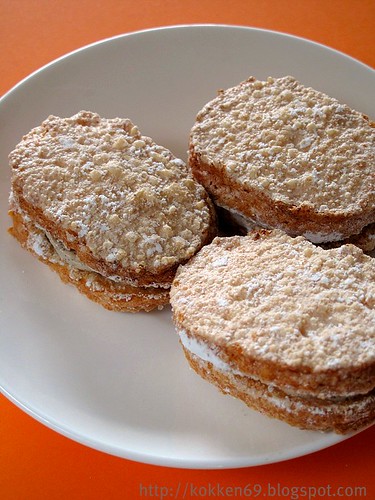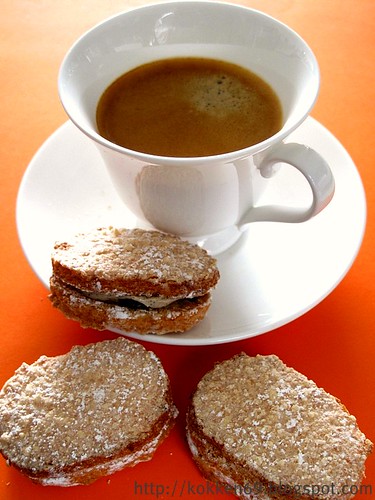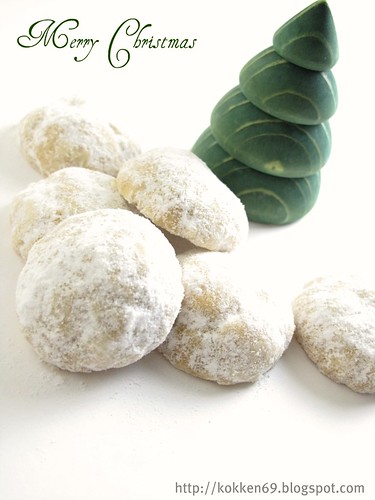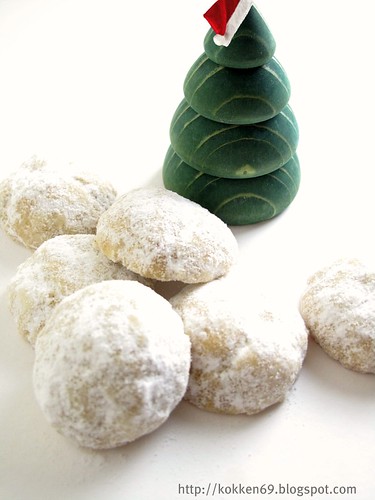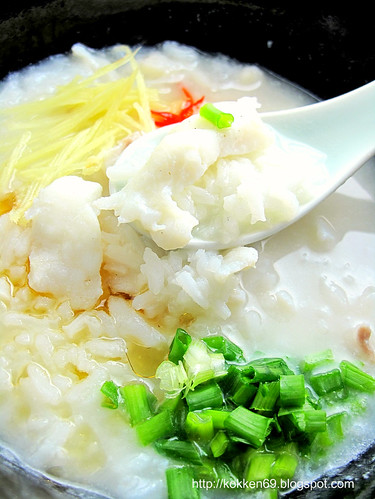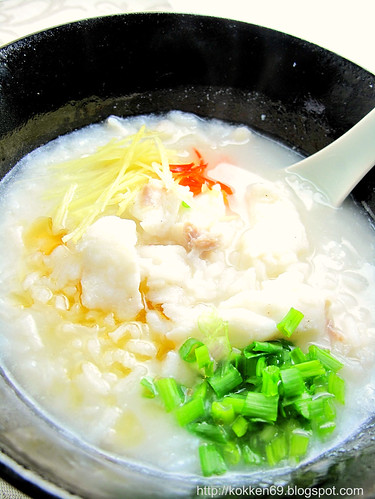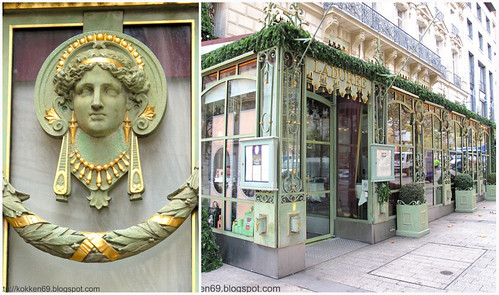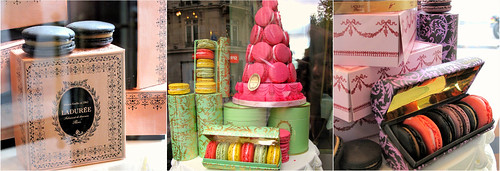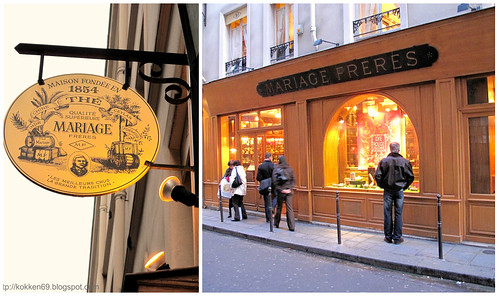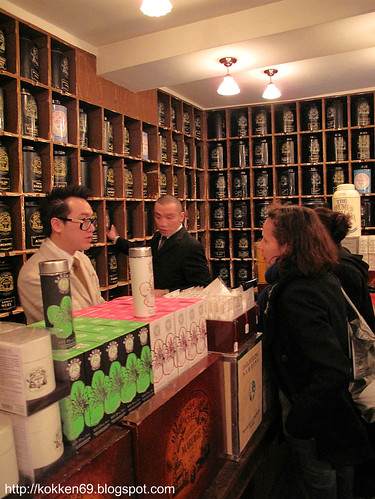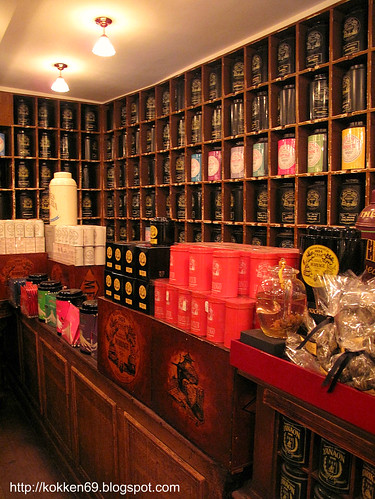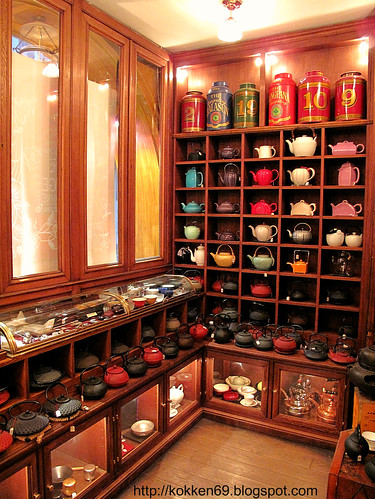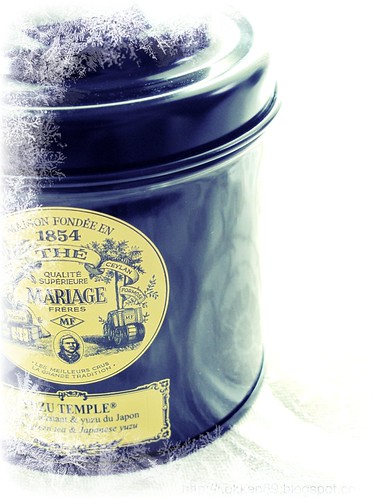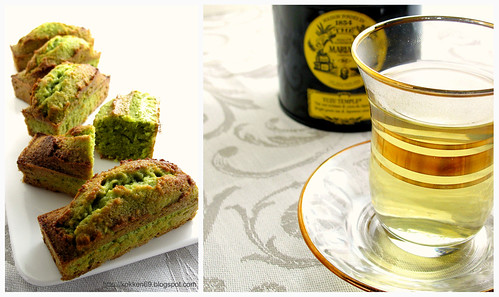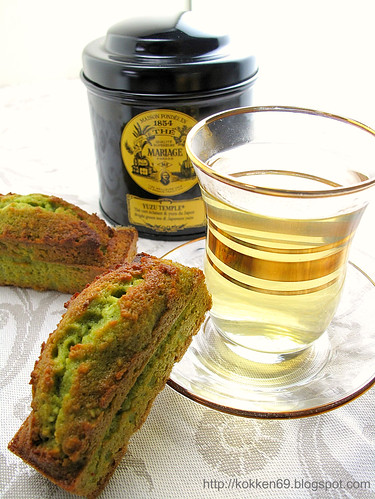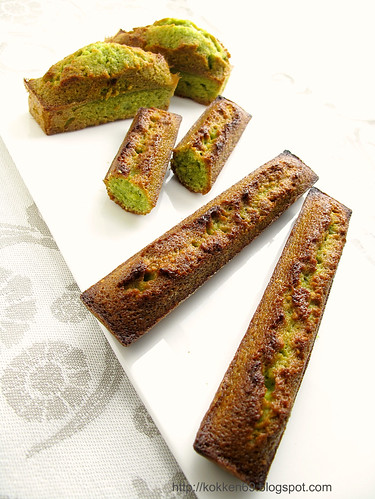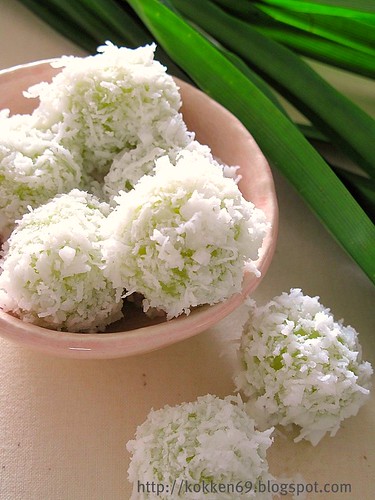

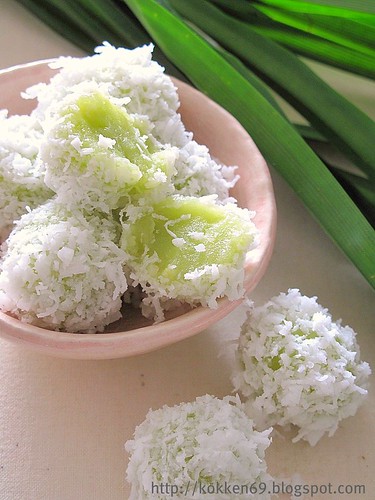
A few weeks ago, when my colleague from the US was here for a customer call, I had taken him to True Blue Cuisine, a Nonya (Straits Chinese) restaurant. The ambience was breathtaking and showcased the vibrancy of the Peranankan Culture in a most splendid way. I have taken bold liberty to paste 2 photos from their website to make up for the inadequacy of my description of the restaurant.
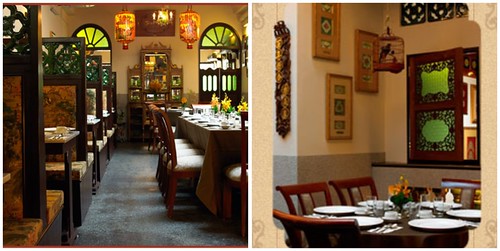
We ordered the signature Nonya dishes (Ayam Buah Keluak, Nonya Chap Chye, Beef Rendang, Ngoh Hiang) - they did not disappoint but to be honest, I had tasted better Nonya Cuisine along Katong Upper East Coast Road. There was one dish, however, that left an impression and that was the Kosong Ondeh Ondeh. This was Ondeh Ondeh (boiled sweet potato ball rolled in grated coconut) without the Gula Melaka (palm sugar) filling. I was struck by the softness and the simple taste and have kept dreaming about going back just for the Ondeh Ondeh.
Coincidentally, earlier this week, when I was shopping at a Japanese Supermarket in town, they were promoting their air flown sweet potato from Japan. Unwittingly, I picked 2 tubers after tasting the samples offered to me by the sales promoter. I so regreted it as they were quite expensive. I ended up feeling rather stupid to have paid that kind of money for 2 pieces of 'poor man's food' . (And no, I am not disclosing how much I paid for them, too embarrassing)
To put them to some good use, I decided to try my hand at replicating what I ate at True Blue Cuisine. I googled for a recipe and found the post by Baking Mum with the most fitting description to what I am trying to achieve.
I used 1/2 of a tuber for this initial experiment. I must say that the sweet potato tasted really good on its own after steaming. Encouraged, I went ahead to work with Baking Mum's recipe. The end result was not as soft as I had wanted - possibly for 2 reasons :
1. Mine did not have any filling. I believe the juiciness of the Gula Melaka filling would have yielded a softer texture.
2. I probably did not master the right amount of water to be added to the dough.
As a result of which, I felt my Ondeh Ondeh was a little on the chewy side. To repeat this again, I would :
1. Reduce the ratio of Tapioca flour to Sweet Potato ( probably just 10% of Tapioca flour to bind)
2. Add more water to get a softer dough.
Anybody else out there who has better experience with this, please do advice. I would greatly appreciate it for I still have one-and-a-half sweet potato to play with....;-)


